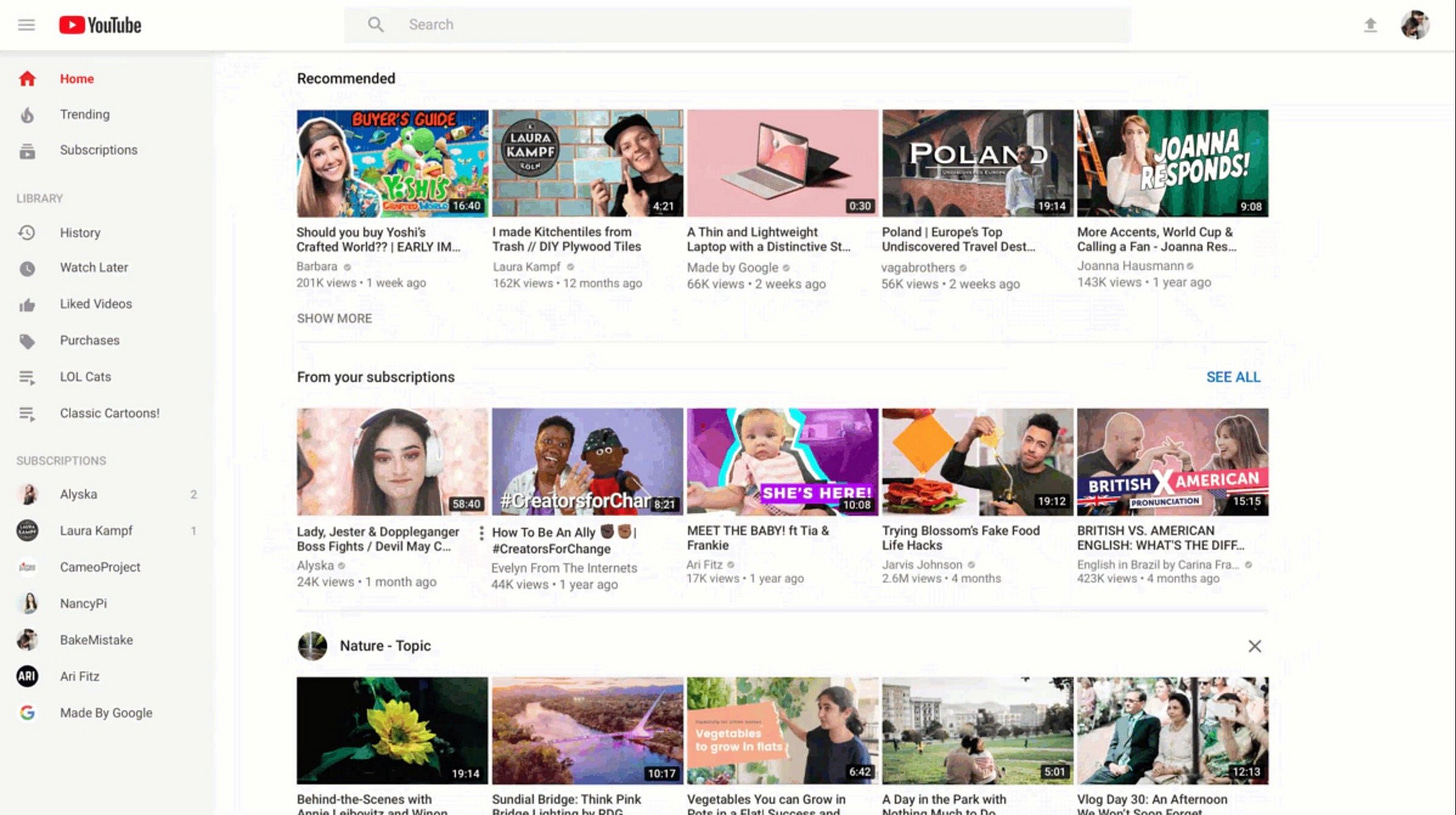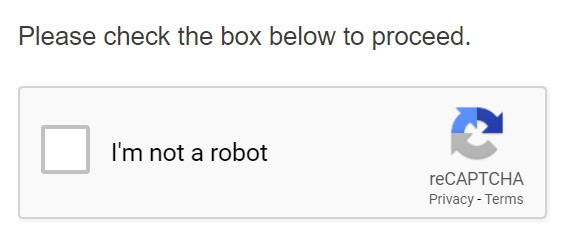Welcome back to Entertainment + Tech. Each week will cover an interesting way technology & entertainment are colliding and where things might go from here. It’s a shorter issue this week as I work on some future projects for the newsletter.
Also, I’m getting into Twitter recently! Follow me @saucekind.
One of the trends running through my previous issues is the ways the internet opens up access to more people and content. That’s a great thing, but let’s talk about some of the problems that arise.
Widening the Channel
As you’ve heard me say before, a big factor in that access is how the internet has simplified and scaled distribution. We’re no longer reliant on linear TV, movie theaters, terrestrial radio, and the like–sources that have a large amount of discretion, because they’re a single stream of content and thus have limited capacity. Now, pretty much anyone besides Alex Jones can distribute their creations through new channels that let users choose, offering essentially infinite capacity.

All this YouTube content could never appear on Linear TV. See also: How Distribution Changes Content
To take the AP Econ view, as the metaphorical & literal costs of distributing content go down, the supply of it grows. [1] On the plus side, the benefit is not just that we users get more great content. It also means we get more risky & niche content. It means people have an easier time creating for audiences that have been previously ignored. Remember audience fragmentation? Driven by and supported by lowering costs.
At the same time, we’re not in some peer-to-peer distribution utopia. You can’t just post your cat on Netflix. Your connection with your followers is owned by Instagram. New gatekeepers have arrived in the form of platforms. What’s going on?
A lot, but let’s focus on the growth in content.
Too Much
I’ve already talked about why building a platform is a good idea for the platform and what they can provide to creators. What do they do for users, though? Here’s two benefits related to the amount of content being produced.
Cut the Noise
As I talk about in the audience fragmentation post above, despite the growth in available content, you only have so many hours a day to watch/listen/play/read. Your capacity to watch doesn’t scale with what’s available (beyond a slight increase as you get sucked into more Netflix binges or sign up for more Substack newsletters). Not only does the total amount of noise increase, but your threshold for what’s worth watching also increases.
That’s why discovery is so important for users. With the old distribution models, the low distribution capacity meant curation of what to distribute was essential to keep you interested–but you also had to take what was given to you. Now, it’s your capacity that’s limited, so discovery has to help you find the right needles in this massive haystack. [2]
Too Easy
Going back to Basic Econ, things are worth doing when the benefits outweigh the costs. Unfortunately, when costs get really low, the benefits of low-effort spam become attractive to assholes.
Spam is all about abusing this tradeoff. You might be smart enough to ignore when a foreign prince offers you $1,000,000.000 Millions US Dollars, but that offer isn't just a hook, it’s also a filter. Sending out the email is cheap, but replying and actually accepting payment from a mark takes human effort. They’d rather keep costs down by turning away discerning eyes before they have to spend money on them.
This is also why CAPTCHAs have helped with spam issues. Sure, they could hire someone on Mechanical Turk to fill them in, but the couple cent added cost per CAPTCHA means that most spam efforts aren’t worth it anymore.

You don’t have to actually click that.
Free distribution leads to being hit with more spam. In 2007, before measures to combat it were taken, it was estimated that spam made up more than 80% of emails sent. Since SMS is a dumb system with no filter, I get text messages every day about selling my car, buying CBD gummies, or voting for local school board superintendents. (Thankfully, Android is pretty good at filtering on the phone itself.)
Platforms can (ideally, but not always effectively) manage low-level spam for users. This also creates a virtuous cycle - making the benefits lower and costs higher means fewer spam attempts overall. [3]
(However, if the spam or “inauthentic content” has a high benefit–say, disrupting a powerful nation’s democratic processes–the amount of effort they’re willing to put in goes up commensurately.)
Upcoming Attractions
This is all well and good when users don’t know what they want & have to wade through the content swamp. A platform is great for a creator if they need help building an audience or monetizing. But, a topic for a future week: what happens when the viewer & creator are already matched? When should creators go off-platform, if ever? How?
Next week’s issue, though, will be something a little different. As I mentioned, I’ve started putting together interviews with folks in the space, and the first will be released next week. Stay tuned!
————
[1] In tandem with production costs lowering as tools improve, as I wrote in Creator Tools: TikTok's Great Advantage.
[2] Something I realized while working on Google Play: everyone who distributes content has their own Deep Web, a set of titles that will pretty much never be watched or found. You could go down a YouTube rabbit hole and find videos with just a few views, but you’d never see them recommended to you and you’d never find them through search. How many Netflix movies will never be in a row on the home page? For you as a user, the effective catalog of a service is not how many titles it has, but how many you might ever consider.
[3] I’ve heard this as the Cheese Inspector problem. Say imported cheese has to be certified good to be sold in the US. Our noble cheese inspectors find 99% of cheeses submitted do pass the test. A politician sees this statistic, calls cheese inspection a waste of taxpayer money since they’re almost all good anyway, and eliminates it. Suddenly, we’re overrun with bad cheese.
As I mentioned in last week’s issue about discovery, I’m trying to reach 1000 subscribers by the end of the year. If you have experience growing a newsletter, I’d love to get your advice. Otherwise, it would be a huge help for you to share your favorite issue of Entertainment + Tech with anyone you think would be interested.
And if you’re new, you can subscribe here!
As always, I also want hear your feedback and ideas. You can respond to this email or reach out to me on Twitter.



